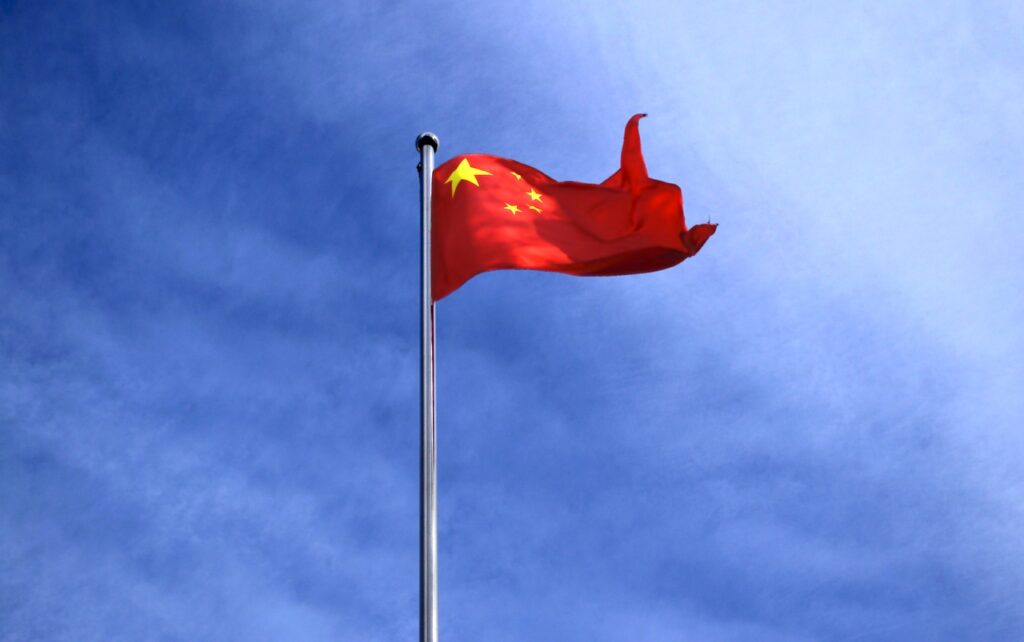In a setback for the global green hydrogen landscape, the world’s largest green hydrogen project, Sinopec’s 260MW Kuqa facility in Xinjiang, northwest China, is reportedly operating at less than a third of its installed capacity. This revelation comes as research from BloombergNEF (BNEF) sheds light on various issues, including missing safety features and lower-than-promised efficiencies.
The project utilizes alkaline electrolysers supplied by three Chinese manufacturers—Cockerill Jingli (120MW), Longi (80MW), and Peric (60MW). According to BNEF analyst Xiaoting Wang, all three manufacturers face technical issues related to the flexibility of their electrolysers, hampering the promised operating range of 30-100%.
The safety concern revolves around the imperfect membrane in the electrolyser cell, leading to gas mixing, particularly on the anode side. Wang explains that when the input electricity is less than the nameplate value, oxygen generation decreases linearly, causing the concentration of hydrogen in oxygen to rise, posing an explosion risk.
Wang notes that all three manufacturers share similar raw materials and internal structures, making safety a fundamental concern that could limit the project’s operating range, potentially exacerbating its economic challenges. The Kuqa project’s already challenging economics may face further strain due to these safety and efficiency issues. BNEF anticipates this to raise concerns among potential investors in green hydrogen, especially international developers considering Chinese-made electrolyzers.
To address the challenges, state-owned Sinopec is reportedly in the process of adjusting the entire operating algorithm. Instead of having all electrolysers operate uniformly, the control unit will dictate some to run while setting others to idle. However, Wang cautions that this adjustment, from “intra-electrolyser management” to “inter-electrolyser management,” may lead to increased degradation and shortened lifespans for the electrolysers.
The problems at Kuqa are causing internal friction within the Sinopec group. Two subsidiaries are involved—one responsible for constructing and operating the green hydrogen facility and the other operating the existing oil refinery expected to consume the renewable hydrogen. The latter has reportedly shut down its traditional grey hydrogen production facility and is facing challenges in obtaining the expected volume of hydrogen from the former.
BNEF reports that the Kuqa project relies on 361MW of purpose-built solar panels and additional wind power from the local grid. However, efforts are underway to reduce dependence on the grid, particularly when the captive solar power plant generates less power than the electrolyser’s nameplate demand, driving up the cost of green hydrogen.
While Kuqa currently holds the title of the world’s largest operational green hydrogen project, another Sinopec project larger than Kuqa is under construction in Ordos, Inner Mongolia. The global green hydrogen landscape closely watches how Sinopec navigates these challenges and whether adjustments will position the Kuqa project for sustainable success.





